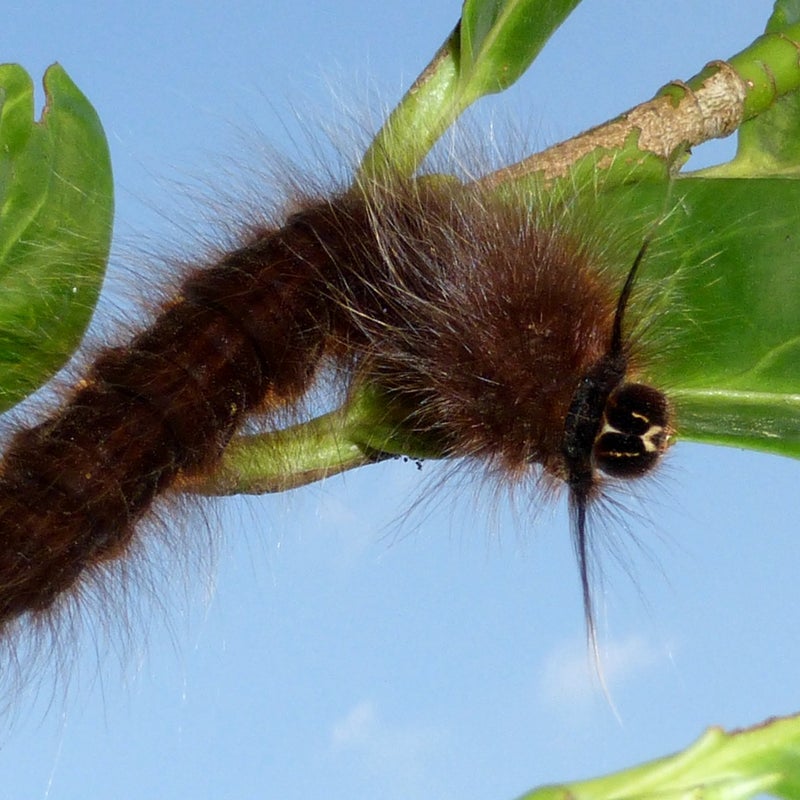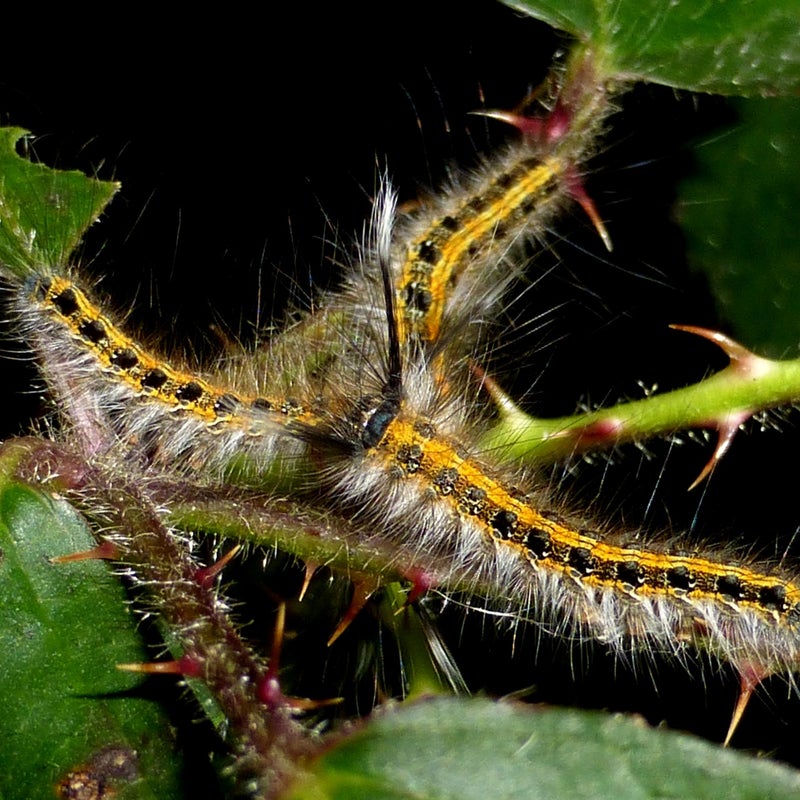Philotherma jacchus
Distribution:
West and Central Africa, with records from Ivory Coast and Ghana to Kenya and south to Gabon and Malawi. The moths in these pictures are from the Zomba Plateau (Malawi)
Wingspan:
Males: 6 to 8 centimeter, females: 8 to 10 centimeter, with a very heavy body
Season:
Species with a slow life cycle. Only one flight annually.
Food plants:
Rosaceae (Prunus, Rubus, Rosa, Malus, Crataegus, ...) Be advised that first instar caterpillars first consume the entire egg shell before they start to feed and that they have difficulties chewing Prunus laurocerasus leaves in the first instars (later they switch without hesitation and Prunus laurocerasus is a very good food plant during winter months)
Rearing:
Very slow. Eggs can take up to a month before they hatch. Caterpillars are fully grown withing four months (faster if you can get stock during the European spring or summer). Pupae stay dormant for months. The moths emerge late autumn until late winter. In general not difficult to rear. Even final instar caterpillars can be kept in well ventilated plastic containers. It's not absolutely necessary to move them to netted cages as long as you avoid condensation within the container. Caterpillars dislike moist conditions. Before pupating the caterpillars shed most of their hairs which can cause irritation when cleaning the cage. Pupae should stay at room temperature until the moths emerge.
Difficulties:
preventing the pupae from drying out with the central heating on























